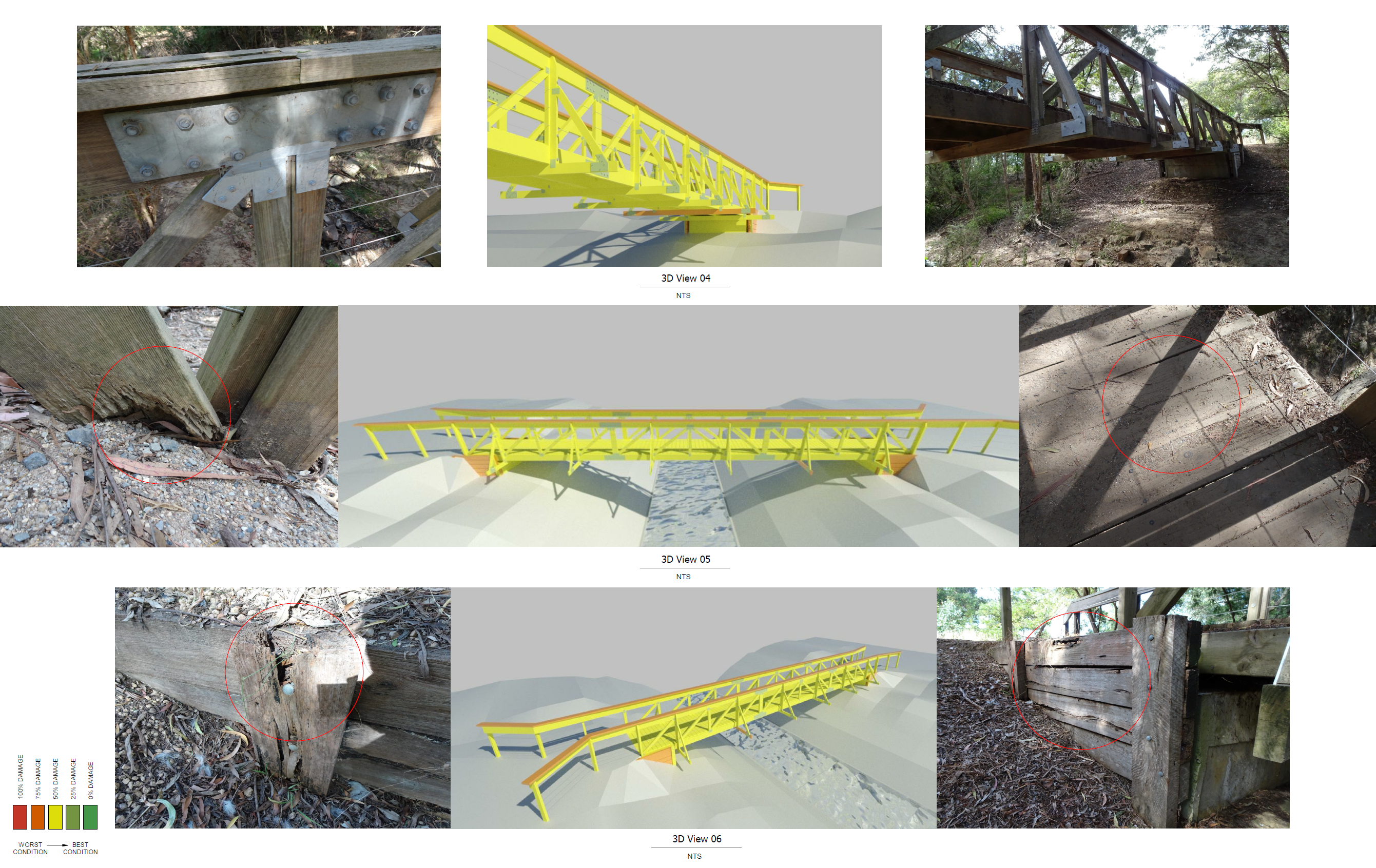Bridges and other structures are key asset elements in the transport network. In Australia, around 800 organisations are responsible for more than 50,000 public road bridges.
State Road Authorities (SRA’s) who are responsible for the high-capacity arterial roads manage more than 20,000 bridges, with local councils typically managing the remaining local roads with approximately 30,000 bridges.
It is vital that the condition of each bridge monitored and essential repairs are planned and completed in an efficient and timely manner.
Each State Road Authority (SRA) has their own systematic inspection, condition rating and monitoring system to identify maintenance needs, assess the effectiveness of treatments, model patterns of deterioration and forecast future maintenance, rehabilitation and replacement budget needs.
The typical bridge inspection nomenclature is outlined in Table 1 for reference.
Table 1 – Typical bridge inspection “levels” nomenclature
|
Level |
Description |
|
Level 1 |
Inspections are high-level visual inspections to ensure there are no gross deformities present and are typically undertaken every 6-12 months |
|
Level 2 |
Inspections involve visual inspection of all bridge surfaces and components and should take place based on the risk associated with each bridge structure however, typically should not exceed five year intervals |
|
Level 3 |
Inspections are detailed engineering inspections, including material sampling and structural modelling, generally undertaken by exception |
Each SRA has its own customs and standards related to bridge inspection and asset management. Level 1 bridge inspections are undertaken every six to twelve months, whereas Level 2 bridge inspections are undertaken at varying schedules, typically in accordance with the risk rating of each structure. The typical frequencies for each SRA are outlined in Table 2 for reference.
Table 2 – Typical frequency of Level 2 bridge inspections for each relevant SRA requirements
|
State/Territory |
State Road Authority |
Typical Frequency (Years) |
|
|
Min. |
Max |
||
|
Queensland |
Department of Transport & Main Roads |
1 |
5 |
|
New South Wales |
Transport for NSW |
1 |
4 |
|
Australian Capital |
Transport Canberra & City Services Directorate ## |
2 |
5 |
|
Victoria |
VicRoads |
2 |
5 |
|
Tasmania |
Department of State Growth ## |
1 |
5 |
|
South Australia |
Department of Infrastructure & Transport |
3 |
8 |
|
Western Australia |
Main Roads Western Australia ** |
5 |
10 |
|
Northern Territory |
Department of Infrastructure, Planning & Logistics |
1 |
5 |
** Not linked to condition rating
## Generally adopts VicRoads
When specific issues are identified during Level 1 and/or Level 2 bridge inspections, a Level 3 bridge inspection may be required to assess the bridge condition in more detail, as well as allow future assessment of the bridge load rating / structural capacity.
With the 21st century move towards “digital twins” JJ Ryan Consulting have adopted Lab 55000 as our preferred Bridge Information Model (BIM) asset management and data recording program. This system was selected as it can be utilised to record the outcomes of each bridge inspection and allows traceability between inspections so that deterioration can be monitored and tracked without losing historical paperwork or having to delve through old reports.
A picture tells a thousand words, and in this day and age of competing for Commonwealth and State government funding, a simple BIM system can be used to demonstrate why a bridge should be prioritised for repair, rehabilitation or replacement funding.

